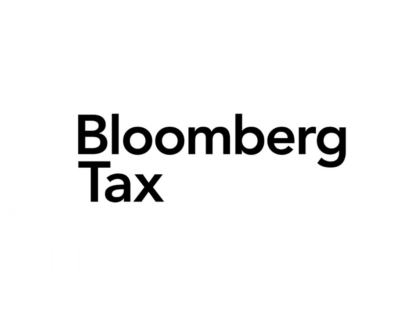- Transfer pricing is regulated by the Danish Tax Agency (SKAT). Generally, Denmark enforces transfer pricing compliance according to OECD guidelines, just with stricter deadlines, higher penalties, and lower thresholds, so more companies are required to submit documentation.
- Denmark subscribes to the OECD’s master file, local file, and country-by-country report in terms of substance and format. However, SKAT requires not only contemporaneous report preparation but also submission. The master and local files must be submitted within 60 days after the corporate tax return deadline.
- SKAT is very aggressive when it comes to transfer pricing compliance, typically targeting larger companies. The agency pays special attention to transactions involving:
- Business restructurings
- Losses
- Financial transactions
- Decreases in taxable income
- Denmark accepts documentation in Danish, Norwegian, Swedish, or English.
- Unlike many countries, Denmark includes the number of employees in its threshold criteria—companies with more than 250 employees that meet additional criteria—must submit transfer pricing documentation.
- Specific transfer pricing disclosures are embedded in the tax return. Companies are required to report the nature and volume of controlled transactions, the jurisdictions of counterparties, and whether entities are subject to exemptions from Danish transfer pricing documentation. (Companies subject to hydrocarbon taxation must file Form 5.022 with the same filing date as the corporate income tax return.)
- Local comparables are not required. Denmark accepts Pan-European benchmarks.
- Multiple-year testing is generally accepted.
- You’re exempt from documentation if you belong to a consolidated group with fewer than 250 full-time equivalent employees and you have less then DKK125 million in assets or less than DKK250 million in revenue. (Thresholds are for the group, not the Danish entity.)
- It’s not uncommon for transfer pricing methods to be scrutinized.
Dark Mode









